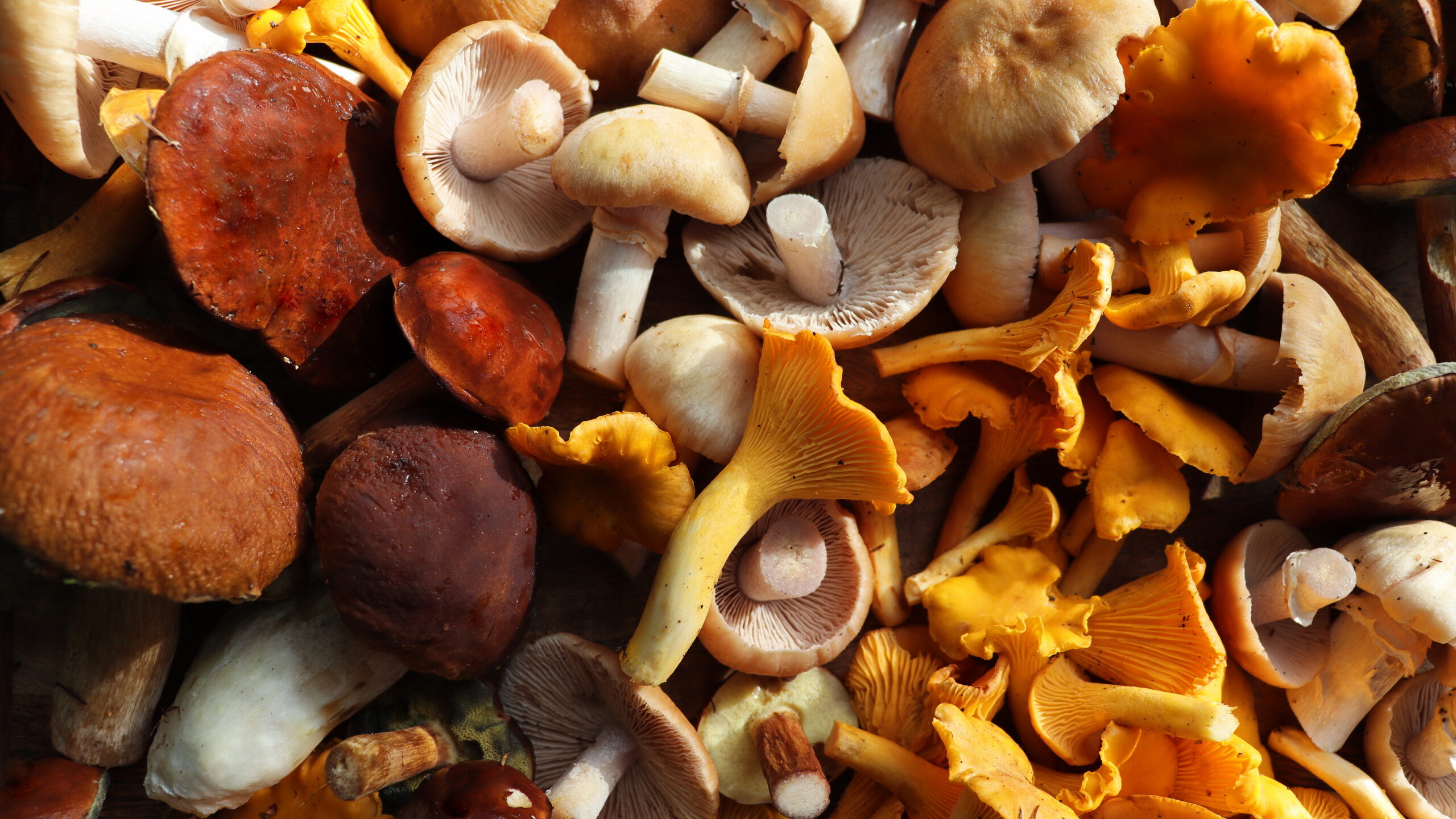
"I wasn't doing a lot other than going on long hikes and taking classes remotely at Penn State for my doctoral degree in ecology and anthropology. One of the classes was an agroforestry class with Eric Burkhart. We studied how agriculture and forests benefit people and the environment. These two things eventually led to a yearslong project on mushroom harvesting in our region."
"We conducted a series of surveys in 2022 and 2023 that revealed a wide variety of fungi are foraged in the region -though morels, chicken of the woods, and chanterelles are most common. We also learned that harvesters use the mushrooms primarily for food and medicinal purposes, and that foragers create communities that share knowledge. These community-based projects often use social media tools as a way for mushroom harvesters to share pictures, notes, and even the results of DNA sequences."
Interest in mushroom foraging increased during the COVID-19 pandemic when travel plans were canceled and outdoor activities expanded. Remote classes and long hikes coincided with seasonal emergence of morels in central Pennsylvania. Surveys conducted in 2022 and 2023 documented a wide variety of foraged fungi across Pennsylvania and the mid-Atlantic, with morels, chicken of the woods, and chanterelles most common. Harvesters primarily use mushrooms for food and medicinal purposes. Foragers form communities that share identification, harvest practices, and DNA results, often using social media, clubs, and festivals to recruit and exchange knowledge. About 160 species were documented.
Read at Ars Technica
Unable to calculate read time
Collection
[
|
...
]